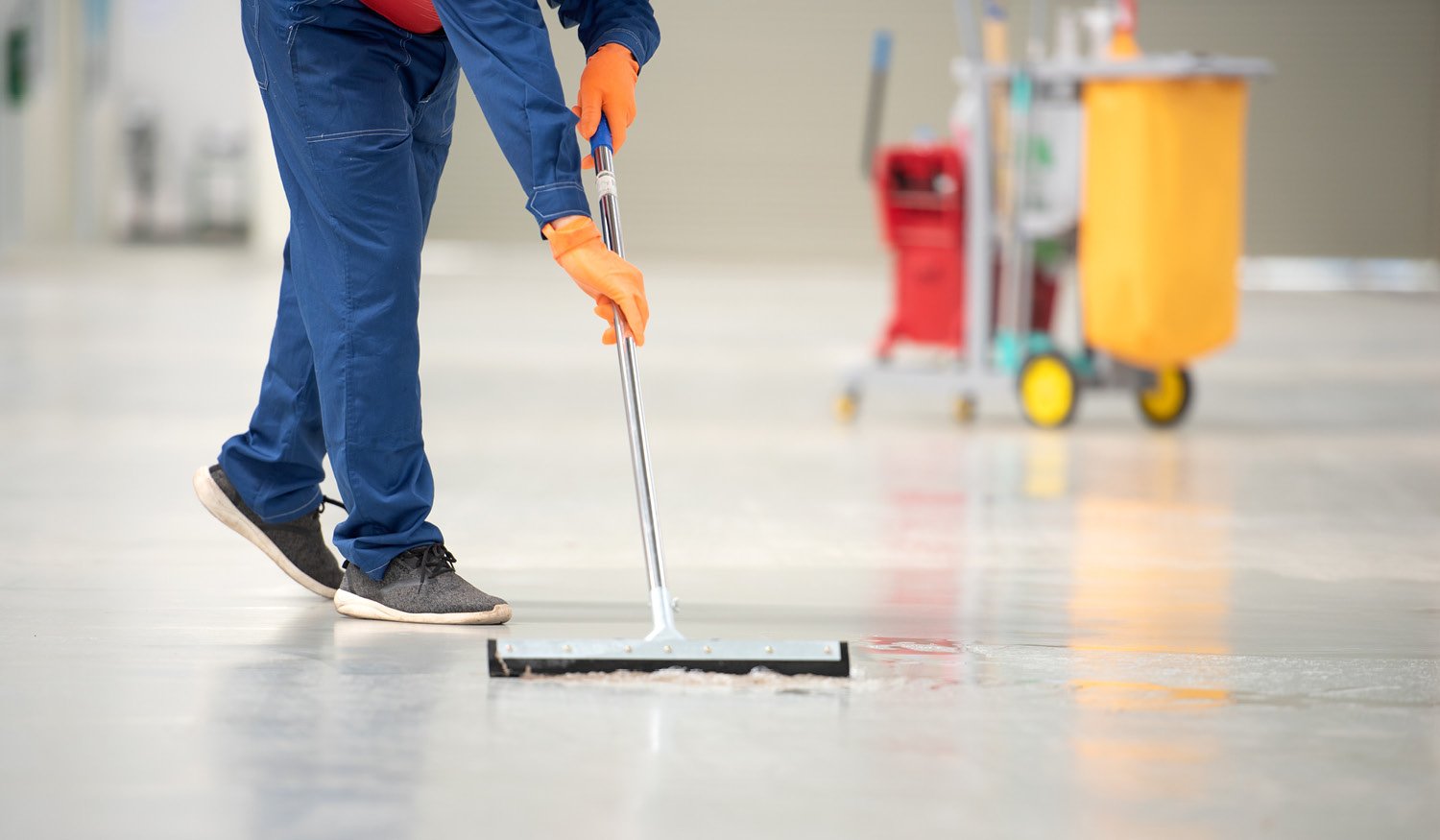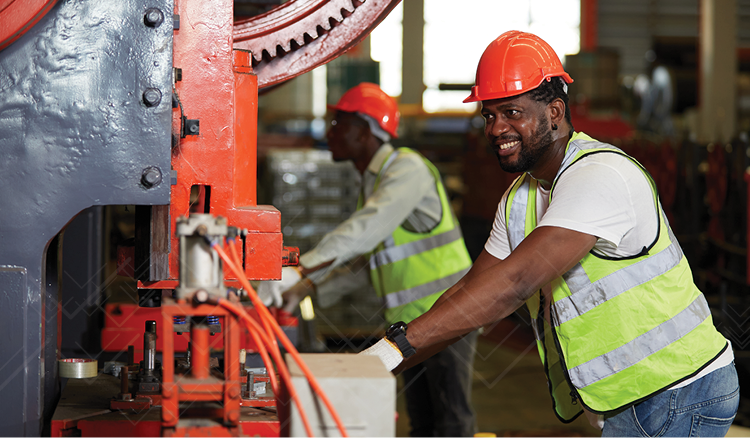Sustaining the 6S Method: Tips for Long-Term Success
Introduction
Maintaining a clean and organized living or working environment is essential for productivity, safety, and overall well-being. The 6S method originated in manufacturing but has been effective in other settings as well. We’ve outlined a highly level overview of the five key steps in our first blog of this series, with a follow-up blog on the difficulties of sustaining it. In this blog post, we will delve into the importance of sustaining the 6S method and provide you with practical tips to help maintain the gains achieved through the previous steps. But first, a refresher on the updated Six Steps:
Step 1: Sort (Seiri):
The first step of the 6S method is to sort through your belongings and remove any unnecessary items. Evaluate each item and decide whether it is essential to your work. Keep only what is necessary and discard or relocate the rest. This process helps eliminate clutter and creates a more focused and efficient space.
Step 2: Set in Order (Seiton):
Once you have sorted your belongings, the next step is to establish a designated place for everything. Group similar items together and assign them a specific storage location that is easily accessible. Clearly label storage areas to ensure items are returned to their proper place after use. This step not only saves time searching for items but also reduces the chances of misplacing or losing them.
Step 3: Shine (Seiso):
Maintaining cleanliness is crucial to creating a safe and healthy environment. Regular cleaning and maintenance should be an integral part of the 6S method. Establish a cleaning schedule and ensure that all areas are regularly cleaned, removing any dust, dirt, or debris. Encourage everyone in the space to take responsibility for their immediate surroundings and keep them clean at all times.
Step 4: Standardize (Seiketsu):
Standardization is vital to sustaining the gains made in the previous steps. Develop a set of guidelines and protocols for maintaining cleanliness and order in the space. These guidelines should be communicated to everyone involved. Establish routines and checklists for cleaning, organizing, and maintaining equipment. Regular audits and inspections can help identify deviations from the standard and allow for corrective actions to be taken promptly.
Step 5: Sustain (Shitsuke):
The fifth step focuses on ensuring that the improvements made are sustained over the long term. This involves instilling a sense of discipline and accountability in everyone using the space. Encourage regular training, communication, and continuous improvement. Regularly review and reinforce the importance of the 6S method to ensure it becomes a part of the organization's culture.
Step 6: Safety (Anzen):
Although not traditionally part of the 6S method, adding the element of safety (Anzen) as the sixth step is crucial to ensuring the well-being of individuals within the space. Make safety a top priority by identifying potential hazards, addressing them promptly, and implementing appropriate safety measures. This step promotes a secure and risk-free environment for all.
Tips to Help Sustain 6S in your environment
While each step plays a vital role, Step 5, Sustain (Shitsuke), is particularly critical for ensuring long-term success. In this blog post, we will delve into the importance of sustaining the 6S method and provide you with practical tips to help maintain the gains achieved through the previous steps.
1. Foster Ownership and Accountability:
To sustain the 6S method, it is crucial to foster a sense of ownership and accountability among everyone using the space. Encourage individuals to take responsibility for their immediate surroundings and develop a sense of pride in maintaining cleanliness and order. By instilling a culture of ownership, people will be more inclined to adhere to the 6S principles and sustain the improvements made.
2. Regular Training and Communication:
Continued education and open communication are key to sustaining the 6S method. Provide regular training sessions to refresh everyone's understanding of the 6S principles, their importance, and the benefits they bring. Encourage open dialogue and feedback to address any challenges or suggestions for improvement. By keeping everyone informed and engaged, you create an environment where the 6S method becomes ingrained in daily routines.
3. Visual Management:
Visual management tools play a crucial role in sustaining the 6S method. Create visual cues such as labels, signs, color coding, and floor markings to indicate the proper locations for tools, equipment, and supplies. These visual aids make it easier for individuals to identify and return items to their designated places, maintaining organization and order. Regularly review and update visual management tools to ensure accuracy and effectiveness.
4. Regular Audits and Inspections:
Maintain the gains achieved through the 6S method, and establish a system of regular audits and inspections. Designate responsible individuals or teams to conduct periodic checks to ensure adherence to the 6S principles. These audits should encompass all aspects of the method, including sorting, organization, cleanliness, and safety. Use checklists or standardized assessment forms to guide the inspections and identify areas that require improvement.
5. Continuous Improvement:
Sustaining the 6S method requires a commitment to continuous improvement. Encourage individuals to suggest ideas for enhancing the process, identifying bottlenecks, or streamlining workflows. Create a feedback loop where suggestions are welcomed, evaluated, and implemented as appropriate. By fostering a culture of continuous improvement, you ensure that the 6S method remains relevant and effective over time.
6. Recognize and Celebrate Success:
Recognizing and celebrating success is vital to sustaining the 6S method. Acknowledge and appreciate individuals and teams who consistently uphold the 6S principles and actively contribute to maintaining an organized and efficient space. This recognition can be verbal praise, certificates, or small rewards. By highlighting the positive impact of the 6S method, you motivate others to follow suit and sustain the improvements.
Sustaining the 6S method is essential for long-term success and reaping its full benefits.
You create an environment where the 6S principles become ingrained in daily practices by:
- fostering ownership
- providing regular training and communication
- employing visual management tools
- conducting audits
- promoting continuous improvement and
- recognizing achievements
Remember, sustaining the 6S method is an ongoing effort that requires commitment and active participation from everyone involved. Following these tips ensures that your space remains organized, efficient, and safe, increasing productivity and overall well-being.
For more information, visit our Lean Center of Excellence Homepage or our homepage for Continuous Improvement, Operational Excellence, and Lean Professionals.
Previous Posts
Why Your Operation Isn’t Too Complex or Specialized for On-Demand Labor
The Future of Manufacturing and Logistics
Create a free business profile today to explore our platform.






